Finding the right prop concept art style is essential for defining a game’s visual identity. From realistic to stylized approaches, each style influences the game’s atmosphere and storytelling. Understanding different art styles helps developers choose the best fit for their project’s unique vision and creative direction.
Concept art plays a vital role across multiple creative industries, shaping the visual identity of projects in games, movies, animation, and comic books. In gaming, it serves as the foundation for character concept art, concept art that shows the environment and other prop arts, ensuring a cohesive artistic vision. According to industry reports, over 70% of game development studios rely on concept art to establish world-building and aesthetics.
In animation, concept art defines character expressions, movement styles, and settings, guiding animators in bringing ideas to life. Films, especially in fantasy and sci-fi genres, depend on creature concept art and concept art based on vehicles to visualize unique designs before production. Meanwhile, in comic books, artists use detailed sketches to plan panel layouts and character interactions.
By setting the creative direction early, concept art enhances efficiency, minimizes revisions, and ensures high-quality visuals, making it an indispensable part of the entertainment industry.
Game concept art serves as the first tangible representation of a game’s creative vision. It transforms rough ideas into structured visuals, laying the groundwork for characters, environments, and props. Acting as the artistic blueprint, concept art ensures that every design element aligns with the game’s theme and narrative.
Concept art is the backbone of a game’s visual style, shaping everything from dystopian landscapes to fantasy concept art. By strategically using color, lighting, and composition, it builds immersive worlds that captivate players, reinforcing the game’s atmosphere and emotional depth.
Clear communication is essential in game development, and concept art simplifies complex ideas into visually understandable formats. Whether it’s character concepts or UI concept art, these illustrations create a shared vision across design, animation, and programming teams, ensuring consistency throughout development.
From rough sketches to detailed assets, concept art acts as a guide for the production process. It ensures uniformity across different artistic elements, preventing inconsistencies. Whether it’s building concept art for an open-world city or concept art based on creatures for a sci-fi adventure, concept art streamlines the workflow, making it an invaluable tool for game developers.
Concept art follows two primary styles: realistic concept art and stylized concept art. The former adheres to real-world proportions and physics, making it ideal for films or games requiring detailed 3D models. In contrast, stylized art embraces exaggerated forms and moods, often used in animations and games with a more artistic direction. Regardless of style, clarity in visual communication is key. Strong lighting, composition, and perspective enhance readability, ensuring smooth collaboration between artists, modelers, and designers. For studios looking to bring their vision to life, it’s essential to hire concept artist experts who can refine ideas and guide the final production stages.
Here’s a quick overview of both the art styles:
Realistic: Games that strive for realistic concept art focus on authenticity, capturing fine details like weathered architecture, natural landscapes, and expressive human emotions. This style demands precision, ensuring every texture and shadow mimics reality. Titles like The Last of Us Part II showcase this approach, where every scarred surface and nuanced facial expression immerses players in a lifelike world.
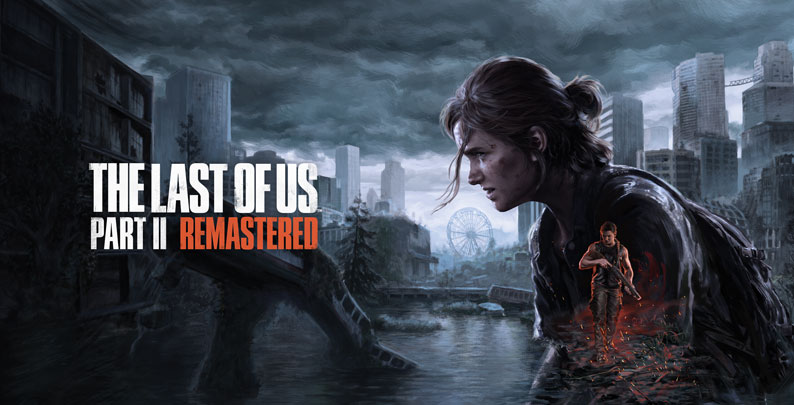
Stylized: A stylized concept art approach enhances a game’s visual appeal by exaggerating features and embracing bold, imaginative designs. Games like The Legend of Zelda: Breath of the Wild use this technique, creating vibrant, artistic worlds that feel whimsical yet immersive.
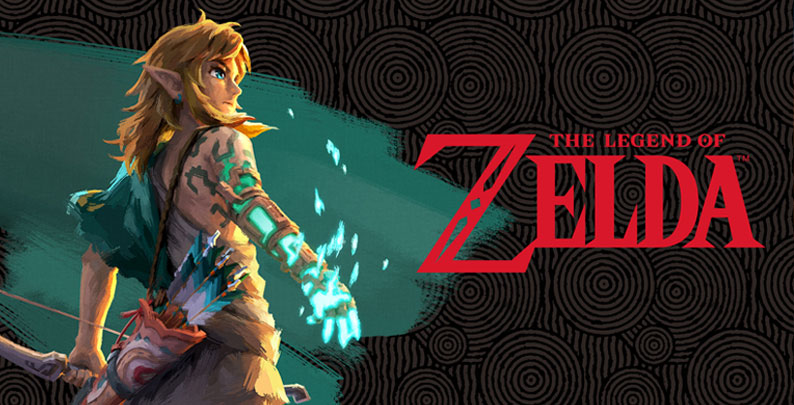
Cartoonish: Don’t be misled by the playful nature of cartoon concept art—it often demands high artistic skill. Thick outlines, exaggerated features, and vibrant palettes create a visually striking and timeless look. Games like Cuphead and The Legend of Zelda: The Wind Waker showcase this bold and expressive art style, bringing characters and worlds to life in a unique way.
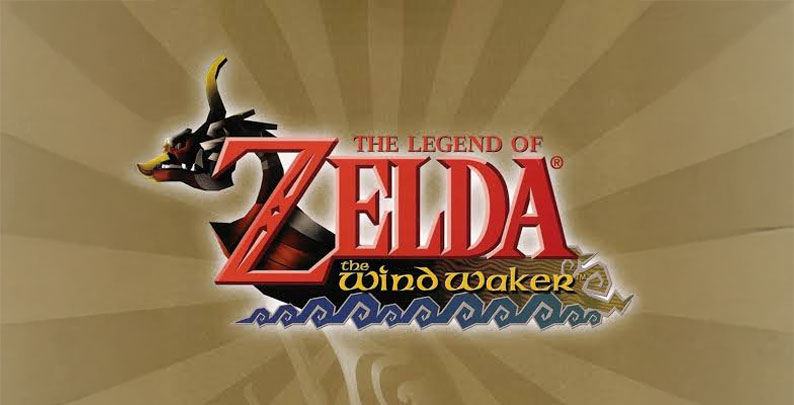
Sci-Fi and Futuristic: Sci-fi concept art pushes creative limits, envisioning futuristic landscapes beyond reality. From hyper-minimalist technology to intricate, high-tech cities, this genre balances sleek innovation with mechanical complexity. Sci-fi concept art is evident in games like Mass Effect and Halo, where immersive worlds blend realism with advanced technology.
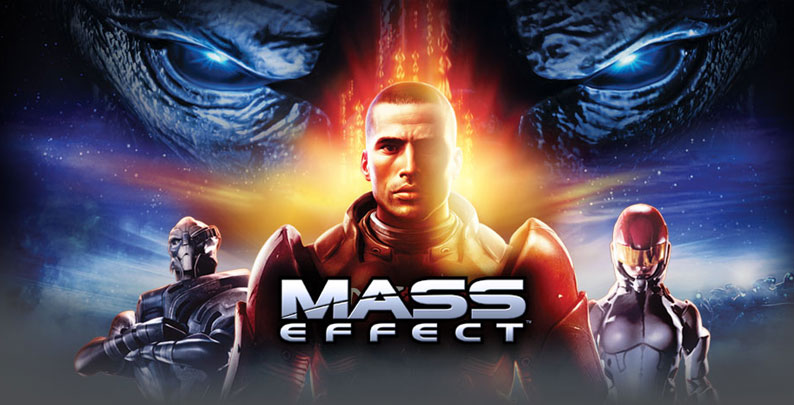
Fantasy: The fantasy genre invites artists to craft otherworldly realms filled with mythical creatures, ancient ruins, and magical environments. Fantasy concept art allows boundless creativity, shaping stunning visual landscapes in games like The Elder Scrolls V: Skyrim and Final Fantasy XIV, where imaginative elements shape the storytelling experience.
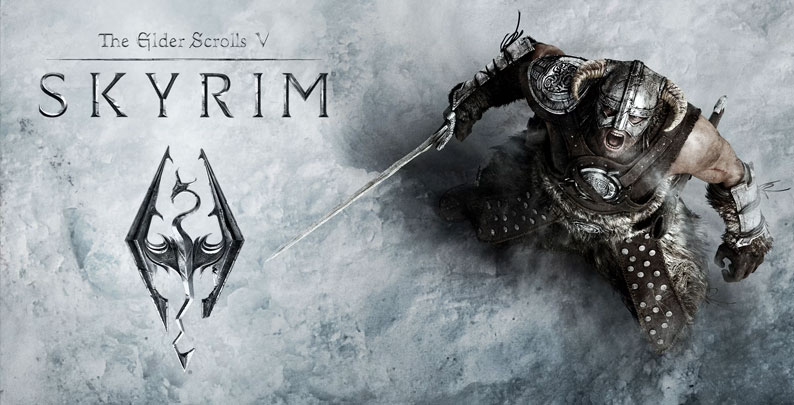
Steampunk: A fusion of Victorian-era elegance and mechanical ingenuity, steampunk blends 19th-century industrial design with futuristic innovation. Building concept art plays a crucial role in games like Bioshock Infinite and Dishonored, capturing the fusion of old-world charm with advanced machinery to create a captivating retro-futuristic aesthetic.
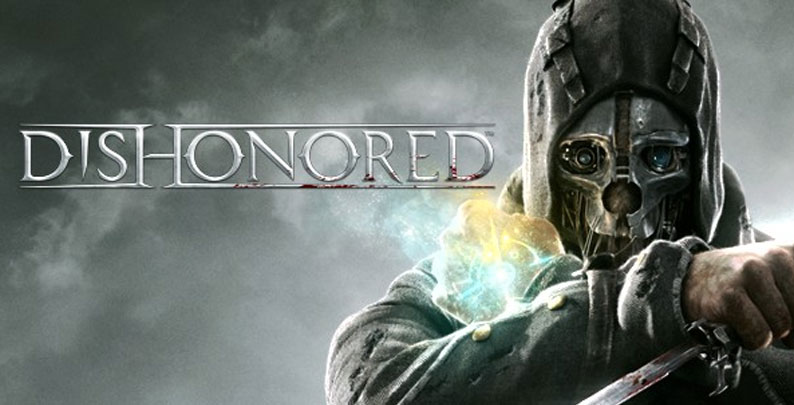
Cyberpunk: The neon-lit, dystopian landscapes of Deus Ex and Cyberpunk 2077 define cyberpunk aesthetics, merging high-tech innovation with gritty urban environments. Cyberpunk concept art thrives on intricate details, showcasing towering skyscrapers, digital interfaces, and a noir-inspired atmosphere that immerses players in a futuristic, tech-driven world.
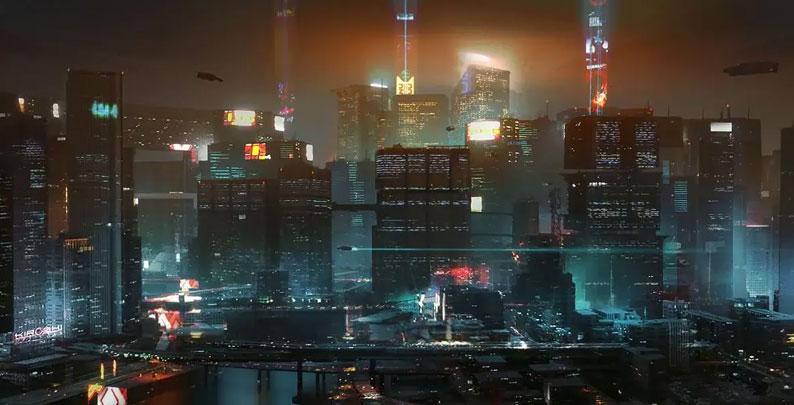
Beyond defining visual styles and game genres, different concept art types play crucial roles in shaping a game’s overall design. Each serves a distinct purpose, enhancing various aspects of world-building and storytelling.
This form of concept art is the backbone of game character creation, ensuring each figure is visually compelling and narratively rich. It goes beyond appearance, embedding personality, history, and growth into the design. From heroic warriors to cunning antagonists, every element—from attire to facial expressions—shapes how characters interact with their world.
The meticulous process of crafting characters by art involves translating abstract ideas into detailed sketches that bring game protagonists and NPCs to life. In God of War (2018), Kratos’ rugged design and weathered armor tell a story of survival, loss, and fatherhood, making him one of gaming’s most iconic figures.
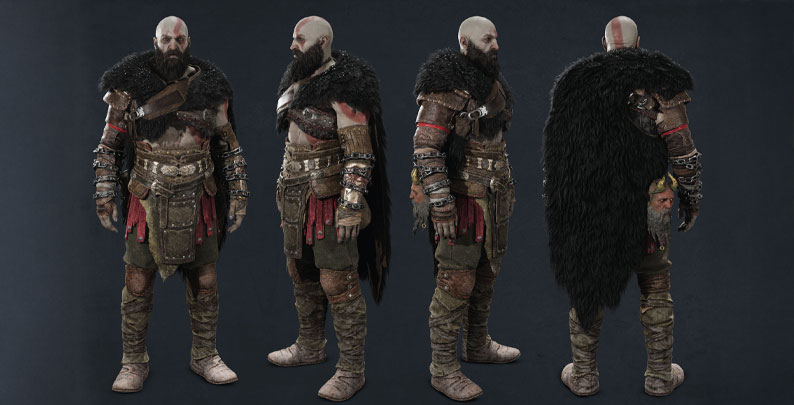
Concept art based on creatures brings to life some of the most awe-inspiring and terrifying beings in video games. It blends imagination with biology, ensuring each creature fits seamlessly into the game’s world, whether mythical, alien, or monstrous. Artists focus on anatomy, textures, and movement, creating designs that evoke emotions ranging from fear to fascination.
Games like Monster Hunter: World showcase breathtaking creature designs, where each monster has a unique ecosystem role, attack patterns, and visual identity. This level of detail ensures immersive encounters, proving how game concept art shapes the player’s experience by making creatures feel alive and believable.
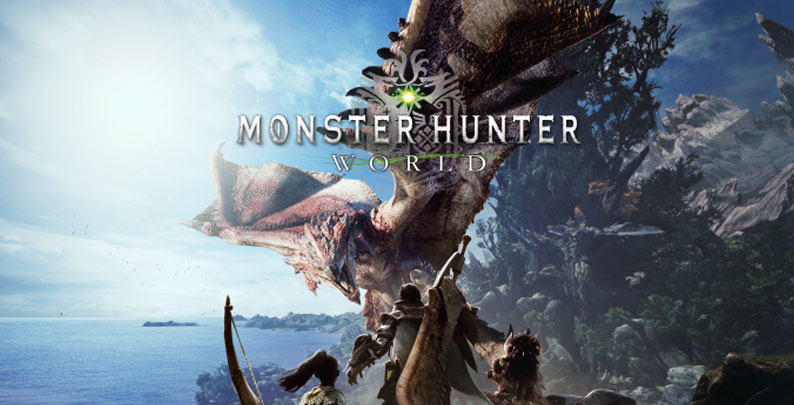
Concept art that depicts the environment is the foundation for crafting immersive game worlds, setting the mood, atmosphere, and visual storytelling. It transforms raw ideas into breathtaking landscapes, whether a dystopian city, enchanted forest, or futuristic space station. This art form guides level designers and 3D artists, ensuring the world feels cohesive and alive.
Games like Fallout 3 exemplify exceptional fantasy concept art, where vast, open landscapes filled with ancient ruins and mystical elements create an unforgettable experience. The detailed environments enhance exploration and gameplay, making players feel like they are part of a living, breathing world.
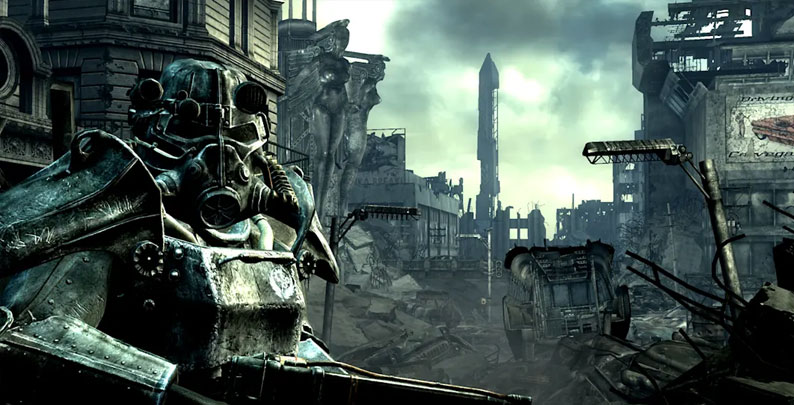
Buildings concept art plays a crucial role in shaping the architectural identity of game worlds, setting the tone for realism, fantasy, or futuristic landscapes. It involves designing structures that seamlessly blend with the game’s lore, environment, and gameplay mechanics. Whether it’s ancient ruins, towering castles, or cyberpunk skyscrapers, these visual blueprints define the world’s aesthetic and functionality.
A standout example is Bloodborne, where the haunting Gothic architecture of Yharnam enhances the game’s eerie atmosphere. From intricate cathedrals to decaying alleyways, every structure contributes to the immersive horror experience, demonstrating how well-crafted buildings concept art deepens player engagement and narrative storytelling.
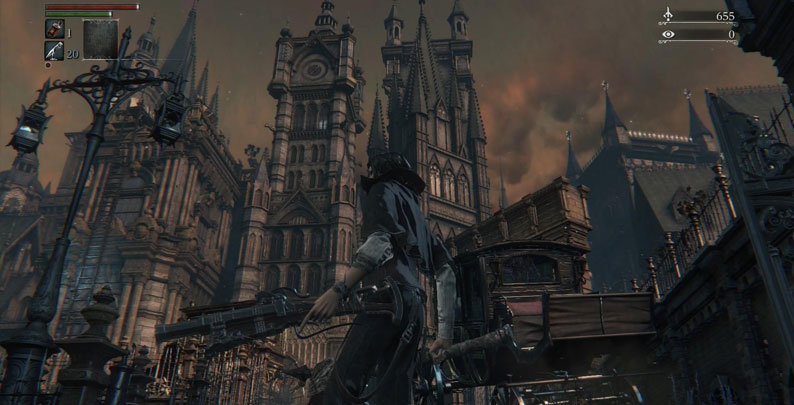
Concept art based on vehicles plays a crucial role in game design, defining the aesthetics, functionality, and lore of in-game transportation. Whether futuristic hovercrafts, battle-ready tanks, or vintage muscle cars, these designs must align with the game’s world and mechanics. Artists focus on form, materials, and intricate detailing to make each vehicle feel authentic and immersive.
In Halo, The game’s iconic Warthog, Banshee, and Scorpion Tank showcase intricate designs that blend military realism with futuristic aesthetics. These vehicles are crafted to fit seamlessly into Halo’s sci-fi universe, enhancing both gameplay and world-building. This showcases how realistic concept art enhances believability, ensuring vehicles fit seamlessly into gameplay and narrative, making them more than just a mode of transport but an extension of the game’s identity.
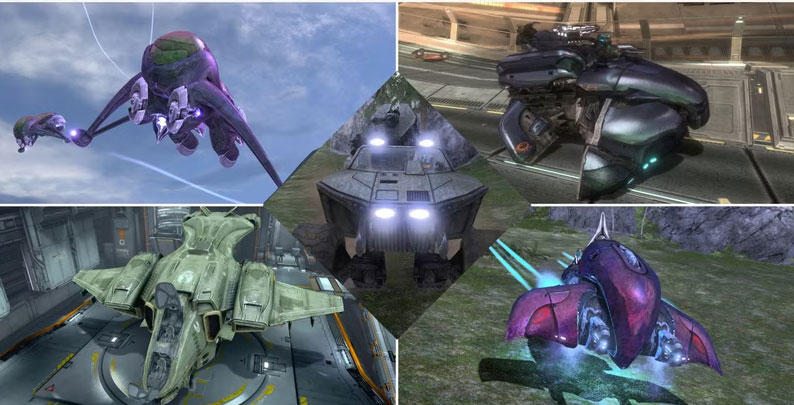
In game development, prop concept art plays a crucial role in shaping immersive environments. From everyday objects to legendary weapons, these designs enhance storytelling by reinforcing the world’s history, culture, and functionality. Artists meticulously design props and weapons to reflect the game’s era, technology, and aesthetics, ensuring consistency within the game’s universe.
A prime example is Bloodborne, where intricately designed trick weapons, such as the Saw Cleaver, not only serve gameplay mechanics but also reinforce the game’s dark, gothic atmosphere. Every weapon and artifact in the game tells a story, adding layers of depth to the haunting, Victorian-inspired setting.
| Concept Art Style | Tools and Techniques | Notable Projects |
| Character Concept Art | Photoshop, ZBrush, Wacom Tablets | League of Legends by Riot Games |
| Environment Concept Art | Blender, SketchUp, Adobe Photoshop | The Elder Scrolls V: Skyrim |
| Weapon and Prop Concept Art | Autodesk Maya, Substance Painter | Destiny 2 by Bungie |
| Vehicle Concept Art | 3ds Max, KeyShot, Photoshop | Halo Series by 343 Industries |
| Animation Concept Art | Toon Boom Harmony, TVPaint, Photoshop | Arcane by Riot Games |
| UI Concept Art | Figma, Sketch, Adobe XD | Overwatch by Blizzard |
At Juego Studios, we excel in crafting concept art styles that define a game’s visual identity while aligning with its creative vision. Our expertise in concept art spans various styles, from realistic concept art to highly stylized designs, ensuring each project achieves a distinctive aesthetic. With a perfect blend of artistic innovation and technical mastery, we bring unique worlds, characters, and environments to life. Whether designing intricate fantasy realms or futuristic sci-fi settings, our team collaborates closely with you to shape a compelling visual direction, laying the foundation for an immersive and visually striking gaming experience.
Concept art serves as the foundation of any visually striking game, shaping characters, environments, props, and entire worlds. From character art that breathes life into protagonists to stylized concept art that defines a game’s unique aesthetic, every aspect plays a vital role in storytelling and player immersion. Mastering various concept art styles ensures a compelling visual experience, blending artistic creativity with technical expertise.
For game studios seeking high-quality concept art, partnering with industry professionals is essential. With a deep understanding of artistic direction and game aesthetics, expert teams can transform ideas into immersive, visually stunning game worlds.
The best concept art styles depend entirely on the game’s genre, artistic direction, and target audience. Some games thrive with realistic concept art, where intricate details and lifelike environments enhance immersion. Others benefit from stylized concept art, which embraces exaggerated forms and artistic expression. Games like The Witcher 3 use realistic styles, while Hollow Knight adopts a unique stylized approach. At Juego Studios, we specialize in diverse concept art styles, ensuring your game gets a distinctive and visually compelling look that aligns with your vision, whether it’s fantasy concept art, sci-fi, or cartoon-inspired aesthetics.
Finding top-notch concept art services is essential for bringing creative ideas to life. You can hire freelance artists through platforms like ArtStation, Behance, and Upwork, or work with professional game art studios that offer dedicated services. Juego Studios provides end-to-end concept art solutions, covering character concept, environment art, and prop art tailored to your game’s unique aesthetic. Our experienced team ensures that every concept aligns with your vision, enhancing both storytelling and gameplay. Whether you’re developing a AAA title or an indie project, partnering with experts ensures high-quality, production-ready artwork.
Concept art styles vary depending on artistic direction and genre. Here are seven major styles used in the gaming industry:
At Juego Studios, we specialize in all these styles, ensuring your game gets the perfect artistic direction.
Creating game concept art involves multiple stages to bring a vision to life:
At Juego Studios, our artists follow these industry-standard processes to craft stunning visuals, ensuring every concept contributes to a cohesive and immersive gaming experience.
Concept artists use various software tools to bring their ideas to life. Some of the most commonly used include:
At Juego Studios, we leverage the latest software to deliver high-quality, production-ready concept art tailored to each project’s needs.
A strong portfolio is essential to showcase your skills as a concept artist. Here’s how you can build one effectively:
At Juego Studios, we help artists refine their portfolios and provide opportunities to work on diverse game projects, enhancing their industry experience.